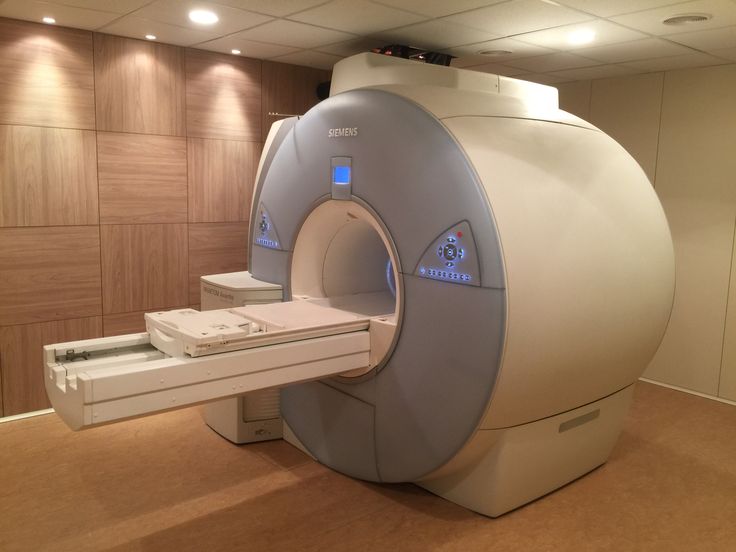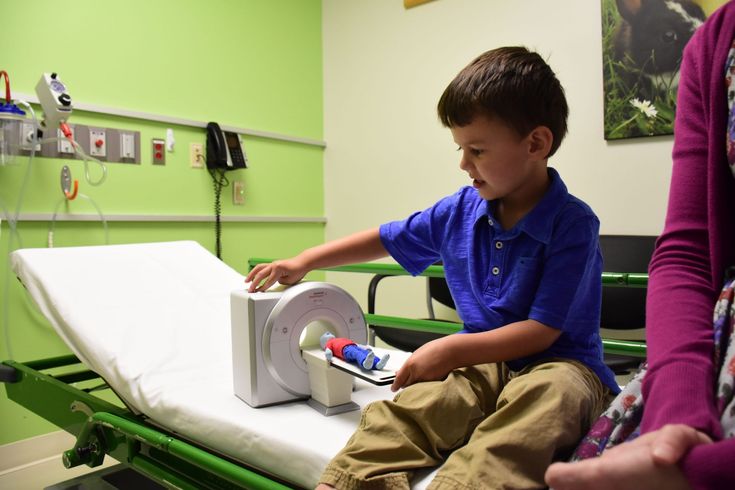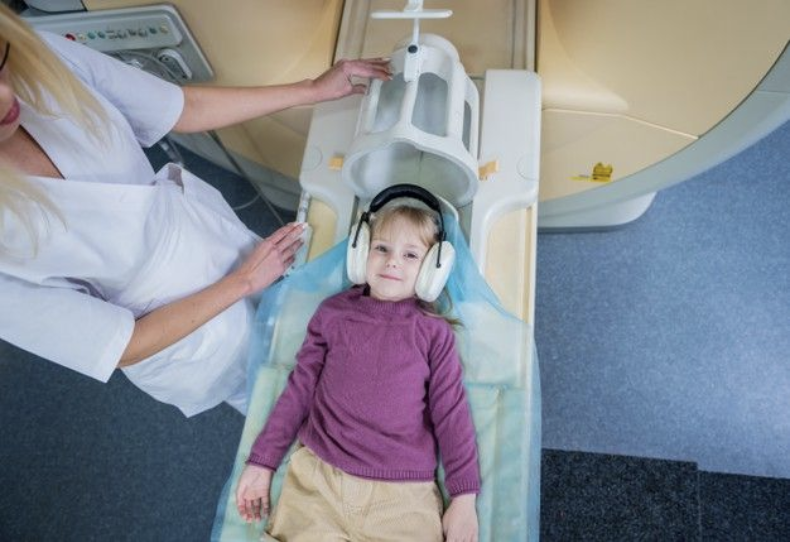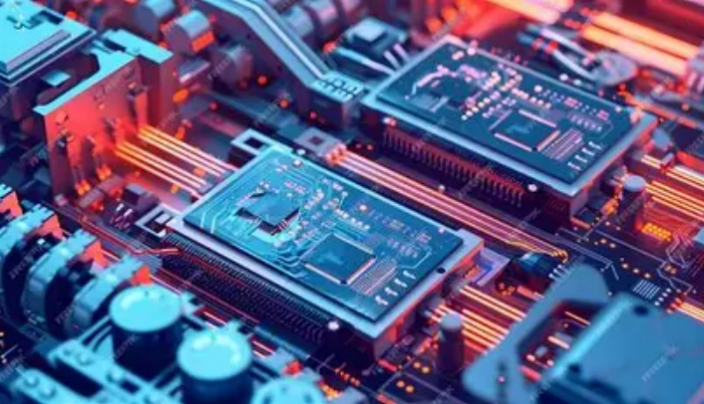A "exclusive baby" MRI machine
Taking children to the hospital is the most tense moment for many novice parents. Adults doing an MRI may just feel cold, noisy and need to hold their breath; However, when it is the turn of infants, it becomes a "family cooperation war": children cry, it is difficult to stay still, they often need sedatives, parents are anxious, and doctors are under great pressure. In this scenario, a "special nuclear magnetic resonance instrument" tailored for infants quietly appeared, which is changing the diagnosis and treatment process.

The traditional MRI machine is more like a "giant tunnel" for adults. When babies lie in it, it is not only too big, but also has problems of noise, unfamiliar environment and sense of bondage. The new generation of nuclear magnetic apparatus for infants and young children is more like a crib with a sense of science and technology: the size is reduced, the structure is soft, the sense of space closure is greatly reduced, and even the appearance design of doll shape is added, so that when the baby lies in it, it is more like resting in a nest than entering a cold machine.
Even more surprising is the "mute" technology of such devices. Many parents know that the roar of conventional MRI is enough to scare adults, let alone newborn babies. By improving the gradient coil and acoustic isolation materials, the infant nuclear magnetic instrument reduces the noise to the level of whispering, and some even approach the silence of the library. This means that doctors can complete the scan in the baby's natural sleep state, reduce the use of sedatives, and avoid the potential risks of drugs to the developing nervous system.

In addition, speed is also crucial. Infants and young children can't patiently cooperate with long-term scanning like adults, and a little action may lead to blurred images. The new generation of equipment shortens the scanning time to a few minutes, and even develops an algorithm that can capture tiny movements in real time and automatically correct them, so that the "moving" baby image is still clear and available. This is undoubtedly a great progress for infants who need to observe brain development, early neurological diseases or congenital heart abnormalities.
More interestingly, some R&D teams are still trying to combine infant nuclear magnetic apparatus with "intelligent parenting". For example, parents can check the imaging progress through the tablet port, and even monitor the baby's status in real time; Some devices also try to provide simple and intuitive visual tips next to the image results, so that parents with non-medical backgrounds can understand the baby's situation. Technology is not only helping doctors diagnose, but also reducing family anxiety.

The birth of this kind of equipment is not simply an upgrade of medical instruments, but more like a manifestation of social care. It tells us that medical technology is learning to "squat down" and enter life in a way close to children. The application of nuclear magnetic resonance in infants and young children used to be "avoided as much as possible", but now it can become a feasible, gentle and routine examination.
Maybe in the near future, taking your baby for an MRI is as easy as taking a photo. At that time, parents no longer need to hesitate between sedatives and risks, and doctors can get accurate images faster, truly achieving "early detection and early intervention." When nuclear magnetism changed from a cold instrument to a crib-like guardian, it was not only the ingenuity of engineers, but also the extension of human medical temperature.
(Writer:Wanny)





